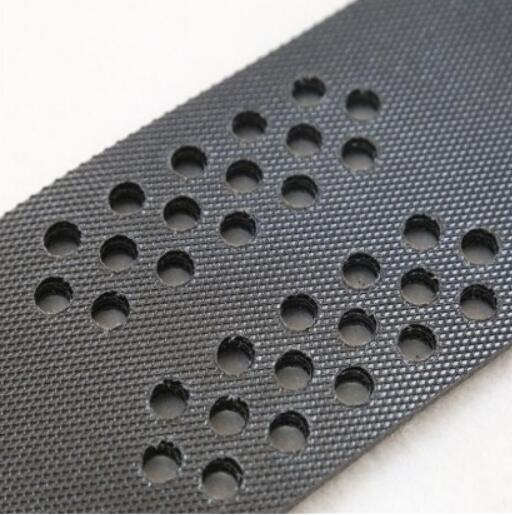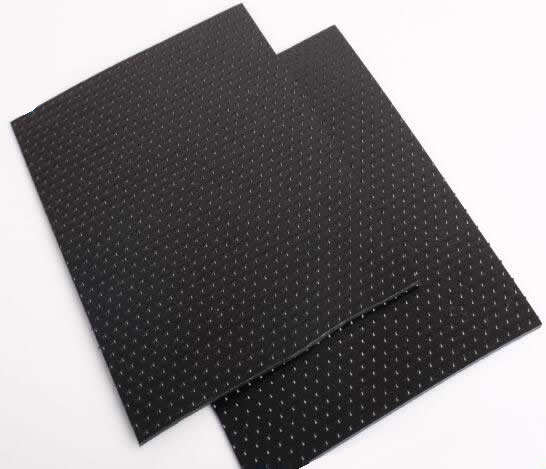- Understanding the Role of Geomembrane Liners in Waste Management
- Innovations in Geomembrane Liners for Water Management
- Geomembrane Liners: A Comprehensive Guide
- The Future of Geomembrane Liners in Civil Engineering
- Geomembrane Liners: Enhancing Landfill Stability
Manager:
WhatsApp:+86 177 0135 2670
Tel:+86 177 0135 2670
Email:marketing@okorder.com
Address:3rd Floor, No.2 Building, No.1 Sanlihe Road
The Evolution of HDPE Geomembranes in Modern Engineering
The world of engineering has seen some remarkable advancements over the years, and one of the most significant materials to emerge from this progress is High-Density Polyethylene, or HDPE, geomembranes. These versatile materials have found their way into a myriad of applications, from waste containment to water management, and their evolution has been nothing short of fascinating. Let's dive into the journey of hdpe Geomembranes and explore how they've transformed modern engineering.

A Brief History Lesson
Before we get into the nitty-gritty, let's take a quick trip down memory lane. HDPE geomembranes first made their debut in the 1960s, initially used for canals and reservoirs. Back then, they were a game-changer, offering a solution to the leakage problems that plagued traditional earthen structures. Over time, engineers and scientists alike have tinkered and tweaked the formula, leading to the robust and reliable geomembranes we know today.
The Versatility of HDPE
One of the most striking features of HDPE geomembranes is their versatility. They can be found in a variety of environments, from the harsh conditions of a landfill to the tranquility of a fish pond. This adaptability is due to their unique properties, such as chemical resistance, durability, and flexibility. Whether it's a waterproofing layer for a dam or a floating cover for a water reservoir, HDPE geomembranes have proven to be up to the task.
Innovations and Improvements
As with any technology, the development of HDPE geomembranes has been marked by a series of innovations and improvements. The introduction of thermoforming techniques allowed for the creation of complex shapes, making it easier to fit geomembranes to the contours of a project. Additionally, the development of seam welding technology has significantly improved the integrity and reliability of these materials, ensuring that they can withstand the test of time.
Sustainability and the Environment
In today's world, sustainability is a key concern, and HDPE geomembranes have a role to play in this regard. Not only are they highly durable and long-lasting, reducing the need for frequent replacements, but they are also recyclable. This means that at the end of their service life, they can be repurposed, reducing waste and contributing to a circular economy.
Challenges and the Future
Despite their many benefits, HDPE geomembranes are not without their challenges. Issues such as installation complexity and the potential for damage during handling require careful consideration. However, ongoing research and development are addressing these concerns, with new installation techniques and materials being developed to make the use of HDPE geomembranes even more efficient and effective.
The Human Touch
Engineering is often seen as a cold, impersonal field, but the story of HDPE geomembranes reminds us that there's a human touch to every innovation. The people behind the development of these materials have poured their passion and expertise into creating something that not only serves a practical purpose but also contributes to a better world.
Conclusion
The evolution of HDPE geomembranes is a testament to human ingenuity and our never-ending quest for improvement. As we look to the future, it's clear that these materials will continue to play a vital role in modern engineering. Whether it's in the construction of new infrastructure or the preservation of our environment, HDPE geomembranes are here to stay, and we can't wait to see where their journey will take us next.
- Previous:Applications of HDPE Geomembranes in Environmental Protection
- Next:The Use of Geomembrane Liners in the Construction of Industrial Chemical Lagoons
-
2024-12-05Geomembrane Liners: A Comprehensive Guide






